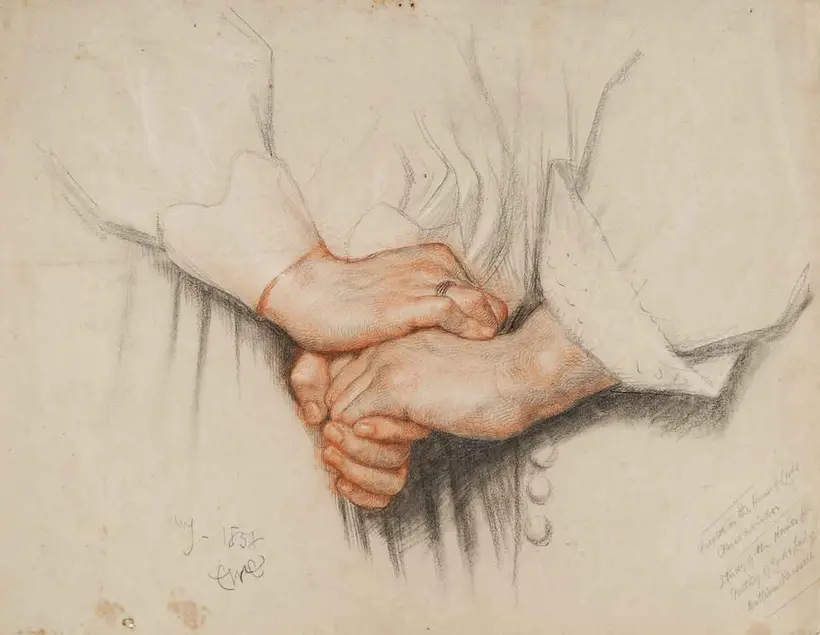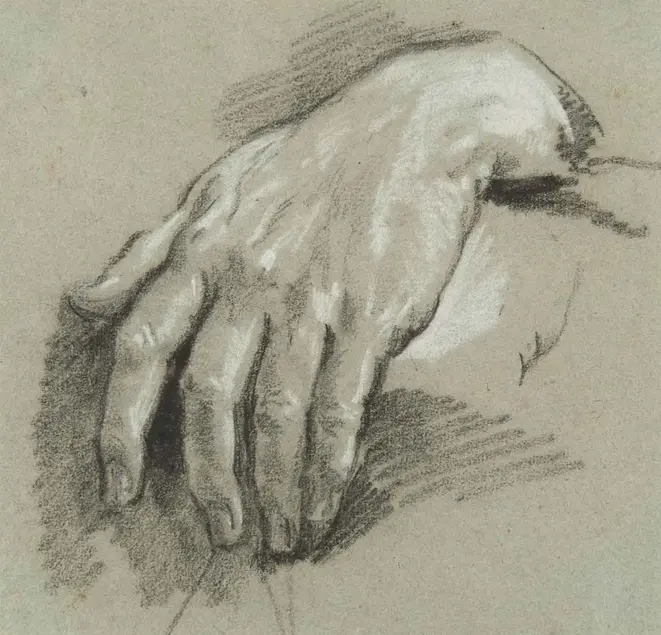A Show of Hands: Drawings from The Huntington's Art Collections, 1600-1900
The works in this exhibition—studies and sketches spanning nearly three centuries—provide glimpses into how artists such as Peter Lely, Charles West Cope, and David Wilkie attempted to capture the emotive force of the human hand.



